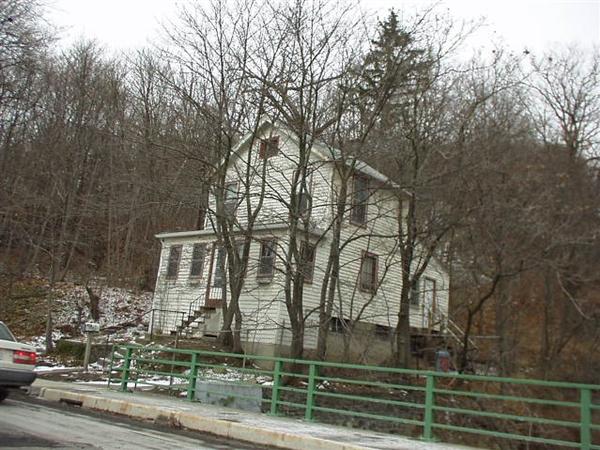Those in favor of selling the property had various rationale and used the comprehensive plan to support their argument. For one, the cost of demolition and asbestos removal could cost up to $25,000 or more (Crandall, 2016). One city official concluded that the house is salvageable, has a solid foundation, and aligns with the comprehensive plan (Wheeler, 2016). Second, the lot will continue to be on the city tax roll, benefitting the county and school district through generating revenue. Lastly, if the property is sold at the auction, then the city will receive the sales revenue (Crandall, 2016).
Proponents further state that the comprehensive plan envisions establishing more affordable housing due to high housing costs and a severe housing shortage. In the city, the cost of housing has increased substantially. According to the plan, “Over half all renters in Ithaca pay more than 30 percent of their income to housing, as do 20 percent of all homeowners” (Edmonds et al., 2015). The city's goal is to increase the availability of affordable housing in all neighborhoods of Ithaca and to create more of it. One representative indicated that this house holds potential as an affordable home due to its low market price and it's location near schools and restaurants (Wheeler, 2016).






